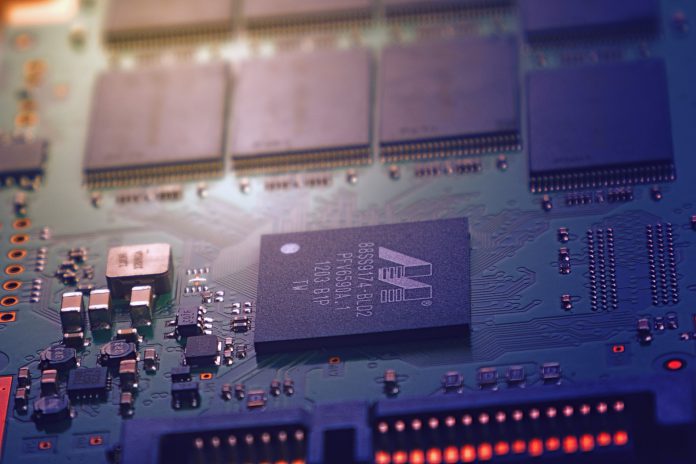Trade surveillance is reliant on processing masses of data and preparing for the unpredictable. This is a tall order for companies, but technology solutions like AI and machine learning can help transform a company’s approach to make it more manageable.
A trade surveillance system is required to monitor and detect fraud, market manipulation, behavioural patterning and more. To do this, systems are reliant on processing and filtering masses of data. Unfortunately, the goal posts are also always moving. New regulations and market changes require the monitoring of more asset classes and business lines in greater depth. Even more challenging, is that trade surveillance has to account for unpredictable events, such as Brexit or Covid-19, and there is no way to know what regulators might consider problematic in a few years’ time. Eventus Systems global head of regulatory affairs Joseph Schifano stated that legacy surveillance models are too reliant on constant calibration and looking at enforcement cases that reference years old activity.
Schifano said, “By leveraging technology advancements in automation and machine learning, and a clean-sheet approach to deployment and service, clients can achieve the necessary efficiency, scale and flexibility to meet today’s demands and those of the future – placing the control, without additional burden, back into the hands of the monitoring team as they look forward to the challenges to come.”
He continued to state that following the implementation of MiFID and MAR, many market participants were introduced to systematic market abuse monitoring. While it was initially aimed at equities, it soon included other asset classes. Those participants and exchanges using legacy surveillance systems suddenly needed to meet new requirements, as well as upgrading their data warehouses. Furthermore, the surveillance platforms pre-date the fragmentation of MiFID II and the cross-asset requirements of MAR, which meant they required significant re-engineering to support changing market structure and rules, he said.
When these new requirements came out, many market participants in need of a surveillance platform could not afford robust, legacy systems. This led to first-generation systems cropping up, which were far more affordable. The problem was they failed to reduce much of the overheard with setting alerts and fine-tuning false positives.
Schifano said, “Wind the clock forward and the result is a patchwork of legacy systems and services, requiring governance and maintenance on a regular basis, compounding the daily workload of case reviews and reports, and piling pressure on the already stretched compliance and risk teams and resources.
“With the FCA’s increasing expectation of monitoring effectiveness, clearly articulated through Thematic Reviews and Market Watches and increased scrutiny over the whole operational risk area, the responsibility to ensure adequate people and systems are in place sits directly with the senior management team whose accountability is formalised through the SM&CR.”
Eventus is helping companies adapt and improve their surveillance efforts. Schifano claims the next breed of surveillance systems will offer smarter and more actionable alerts to improve detection across all scenarios. Eventus’ flagship product Validus is doing just that. It leverages robotic automation processing and machine learning to identify problematic behaviour and automatically escalates actionable alerts to the team. To ensure it meets a client’s needs, users can customise their surveillance tools through a drag and drop system. It also offers tools for ongoing change management to ensure simple deployment.
The platform also scales to handle extreme volumes of data to support the rates of today’s electronic markets, as well as looking ahead to institutional digital and crypto assets. The core of the platform is a statistical engine, which is used for anomaly detection, enabling new algorithms to be added instantly and easily. This certifies market participants will no longer need static out-of-box alerts, which are redundant in a constantly evolving environment.
Schifano concluded, “This isn’t about plugging machine learning into an already stressed technology stack. Next generation means significant change. The market requires a fundamental shift in technology to address the cadence and scale of current and future regulatory advancement.
“And to meet the requirements of all sizes of firms, the answer must be simple, high performance and future-proof. The next generation of platforms reduce risk and ease operational overheads, enabling even the smallest compliance department to deliver more with the same.
“By leveraging smarter technology, market participants can achieve higher detection rates with less distraction, and going forward, they can turn up the signal, and wipe out the noise.”
Read the full blog post here.
Copyright © 2018 RegTech Analyst






